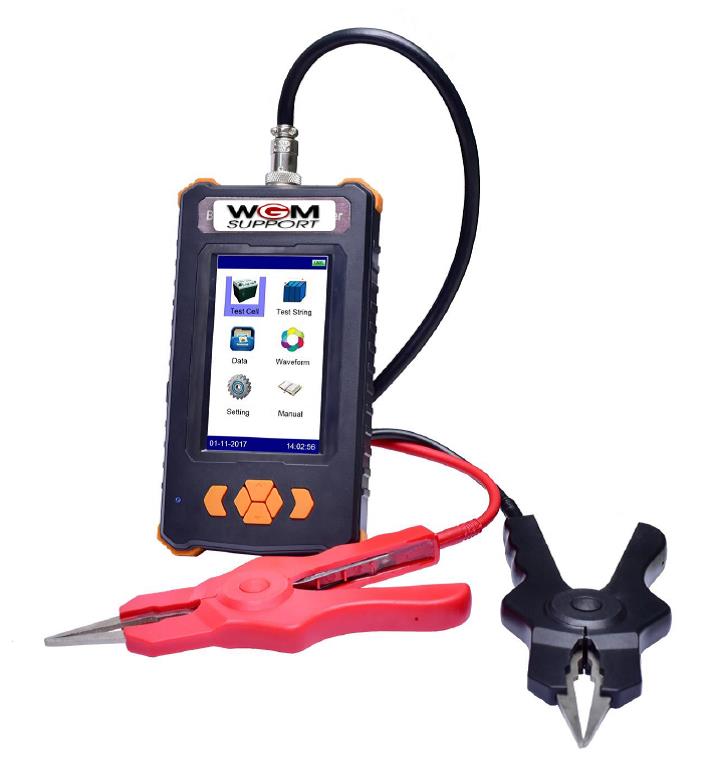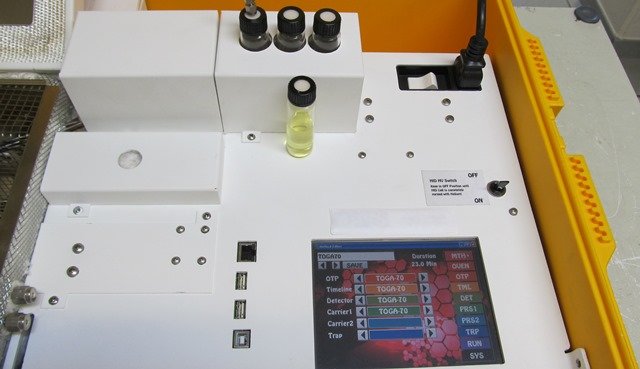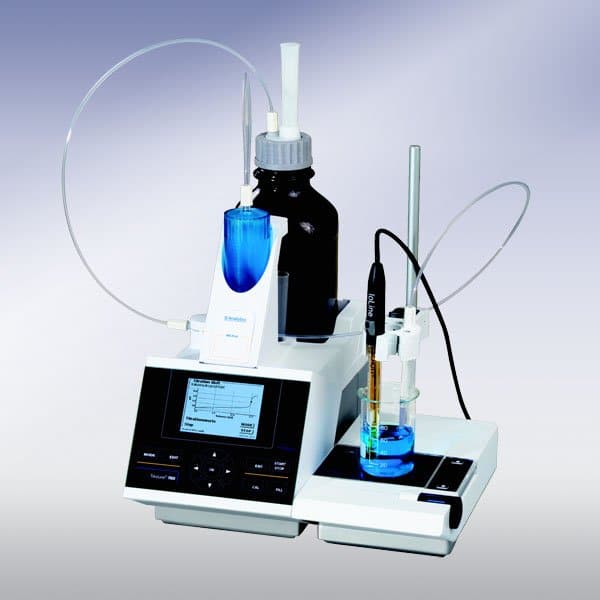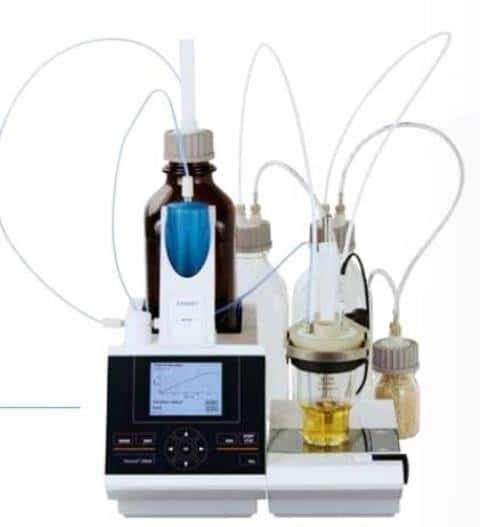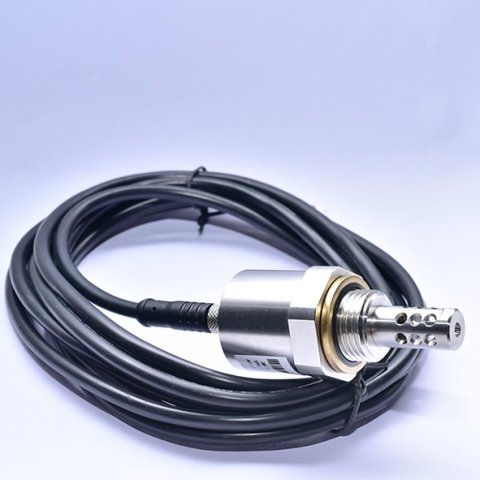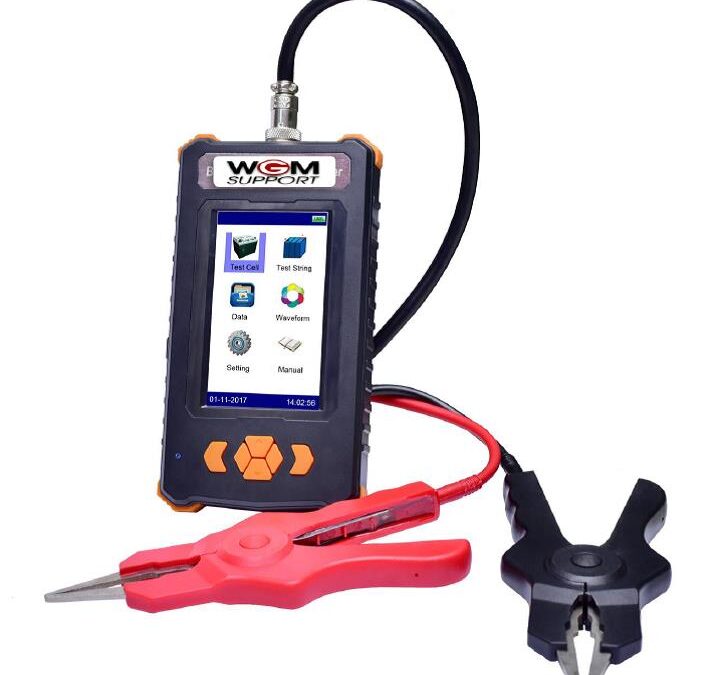
Battery Analyzer | BTA 100 | Battery Diagnosis
The Battery Analyzer BTA 100 is ideal for maintenance, troubleshooting and testing the characteristics of individual stationary batteries. It helps you to eliminate weak batteries to ensure the performance of your battery systems. Battery diagnostics will detect errors and can be managed in the battery management system. The BTA 100 is a very effective and economical battery testing device. The BTA 100 tests the internal battery resistance or conductivity as well as the voltage of the battery.
Testing the battery helps to identify weak cells before they cause problems. For telecommunication networks, data centers and electricity utilities the management and testing of batteries is a very important task to maintain power integrity. This BTA 100 is widely used by service providers, operation and maintenance teams for battery management and measurement. The lifetime of a forklift battery in the form of a lead-acid battery depends on its care. However, this is only true under optimal conditions. Incorrect charging, overuse and lack of maintenance and care can strongly shorten the service life.
It is not important whether you check closed (VRLA) or vented (VLA) lead-acid batteries or NiCd cells. WGM Support has the right equipment for your battery maintenance. The products and related accessories provide useful battery health data without generating significant overheads or a possible reduction in remaining battery power. The Battery Analyzer BTA 100 is a portable test instrument. BAT 100 are the ideal test tool for maintaining.
We offer you advice on the topics of: BTA 100 Analyzer | Battery Internal Resistance | Stationary lead-acid battery

